Home>Furniture & Design>Outdoor Furniture>How To Remove Rust From Outdoor Furniture
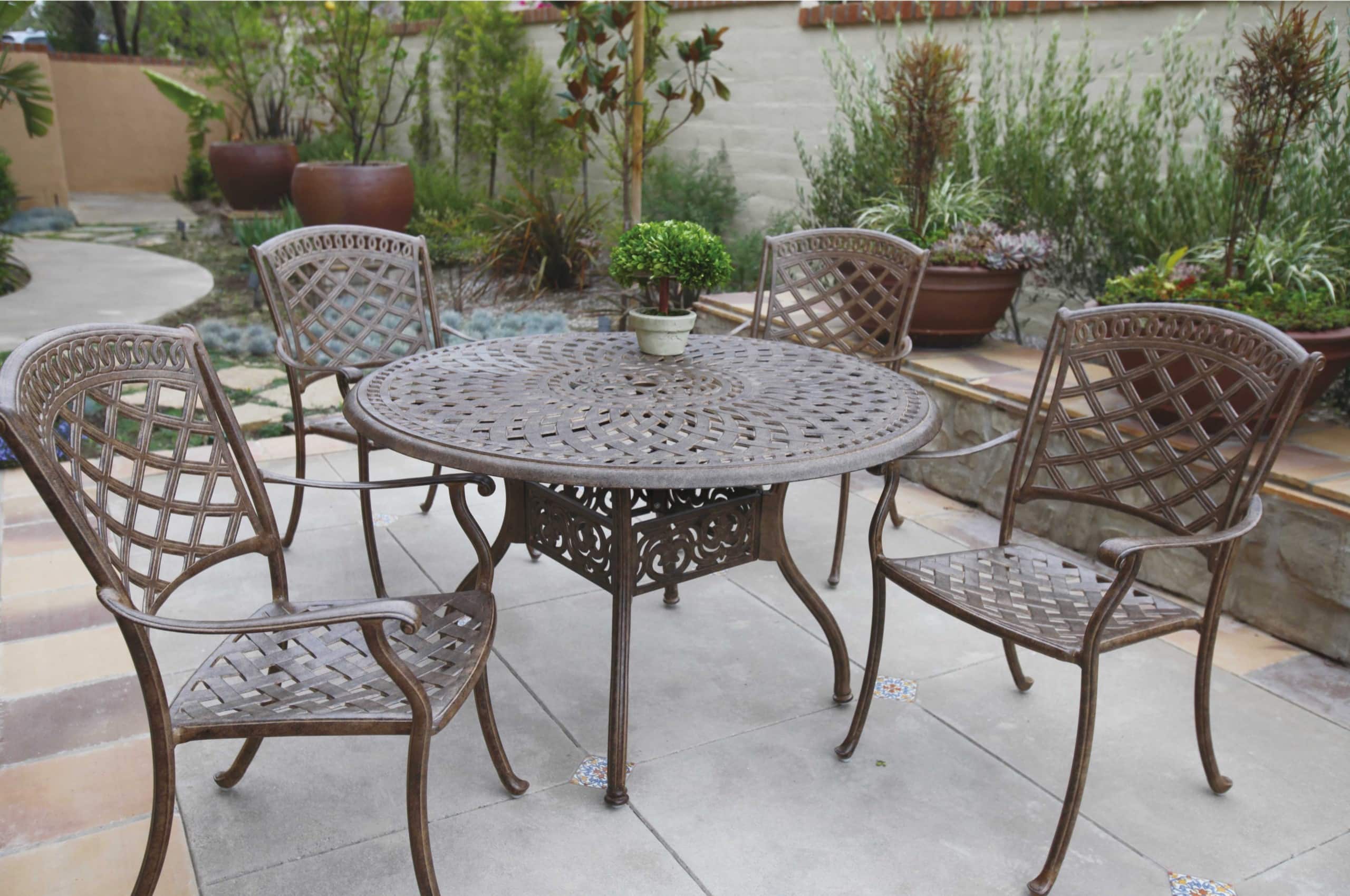

Outdoor Furniture
How To Remove Rust From Outdoor Furniture
Modified: September 2, 2024
Learn effective methods for removing rust from your outdoor furniture and restoring its original beauty. Discover expert tips for maintaining outdoor furniture and design.
(Many of the links in this article redirect to a specific reviewed product. Your purchase of these products through affiliate links helps to generate commission for Storables.com, at no extra cost. Learn more)
Introduction
Welcome to our guide on how to remove rust from outdoor furniture. Outdoor furniture adds charm and functionality to any outdoor space, but over time, exposure to the elements can lead to the development of unsightly rust. However, with the right knowledge and tools, you can easily restore your outdoor furniture to its former glory.
In this comprehensive guide, we will delve into the nuances of rust and provide step-by-step instructions on how to effectively eliminate it from your outdoor furniture. Whether you're dealing with a small bistro set or a sprawling outdoor dining ensemble, this guide has you covered.
Rust not only detracts from the aesthetic appeal of your outdoor furniture but can also compromise its structural integrity. By addressing rust in a timely manner, you can prolong the lifespan of your outdoor furniture and continue to enjoy its comfort and beauty for years to come.
So, roll up your sleeves and get ready to revive your outdoor oasis. Let's dive into the world of rust removal and restoration, empowering you to reclaim the splendor of your outdoor furniture.
Key Takeaways:
- Don’t let rust ruin your outdoor furniture! Clean, remove rust, and protect with primer and paint to keep it looking great and lasting for years.
- Understanding rust and using the right materials can help you fight it. Keep your outdoor furniture clean and coated to prevent rust from coming back.
Understanding Rust
To effectively combat rust on your outdoor furniture, it’s crucial to understand the nature of this pervasive foe. Rust, scientifically known as iron oxide, is a reddish-brown compound that forms when iron or its alloys are exposed to moisture and oxygen for an extended period. When these elements converge, they initiate a chemical reaction known as oxidation, leading to the formation of rust.
Outdoor furniture, constantly exposed to the elements, is particularly susceptible to rust formation, especially if it’s made of iron, steel, or other ferrous metals. The presence of moisture, whether from rain, dew, or humidity, accelerates the oxidation process, hastening the onset of rust.
Rust not only mars the appearance of your outdoor furniture but also weakens its structural integrity. If left unchecked, rust can compromise the stability and safety of the furniture, posing a risk to anyone who uses it. Additionally, prolonged exposure to rust can lead to irreversible damage, necessitating costly replacements.
By gaining insight into the underlying causes and characteristics of rust, you’ll be better equipped to combat it effectively. Armed with this knowledge, you can take proactive measures to remove existing rust and implement strategies to prevent its recurrence, thereby safeguarding the longevity and allure of your outdoor furniture.
Now that we’ve shed light on the nature of rust, let’s explore the essential materials needed to undertake the rust removal process.
Materials Needed
Before embarking on the journey to banish rust from your outdoor furniture, it’s essential to gather the necessary materials. Equipping yourself with the right tools and supplies will streamline the rust removal process and ensure optimal results. Here’s a rundown of the materials you’ll need:
- Protective Gear: Prioritize safety by donning protective gear such as gloves, safety goggles, and a mask to shield yourself from harmful fumes and debris during the rust removal process.
- Cleaning Solution: Select a mild cleaning solution or detergent to thoroughly cleanse the furniture before tackling the rust. This will help remove dirt, grime, and other surface impurities, allowing for better rust removal.
- Rust Remover: Invest in a quality rust remover, available in various formulations such as sprays, gels, or liquids. Choose a product that aligns with the material and extent of rust on your furniture.
- Wire Brush or Steel Wool: Opt for a wire brush or steel wool to scrub away loose rust and flaking paint. These abrasive tools are instrumental in preparing the furniture for rust treatment.
- Sandpaper: Acquire sandpaper with varying grits to smoothen the surface and eliminate stubborn rust patches. This will facilitate the application of protective coatings and prevent future rust formation.
- Rust-Inhibiting Primer: Purchase a rust-inhibiting primer to fortify the furniture against future corrosion. The primer serves as a barrier, impeding the reemergence of rust and promoting paint adhesion.
- Protective Paint or Sealant: Invest in a high-quality outdoor paint or sealant designed to withstand the elements. Choose a color that complements your outdoor aesthetic while providing durable protection against rust.
- Paintbrushes or Spray Gun: Depending on your preference, acquire paintbrushes or a spray gun for applying the protective coatings. Ensure the tools are suitable for outdoor use and compatible with the chosen paint or sealant.
By assembling these essential materials, you’ll be well-equipped to embark on the rust removal journey with confidence and efficiency. Now that you’re armed with the necessary tools, let’s delve into the step-by-step process of banishing rust from your outdoor furniture.
Step 1: Clean the Furniture
Before initiating the rust removal process, it’s imperative to commence with a thorough cleaning of the outdoor furniture. This preparatory step serves to eliminate surface contaminants, dirt, and grime, ensuring that the rust removal treatments can be applied effectively.
Begin by selecting a mild cleaning solution or detergent suitable for the material of your outdoor furniture. Dilute the cleaning solution in a bucket of water, following the manufacturer’s recommended ratios. Armed with a soft-bristled brush or a sponge, dip it into the cleaning solution and gently scrub the entire surface of the furniture. Pay special attention to crevices, intricate designs, and areas prone to accumulating debris.
Once the furniture has been meticulously scrubbed, rinse it thoroughly with clean water to remove any residual cleaning solution. For larger pieces of furniture, consider employing a garden hose to expedite the rinsing process. After rinsing, allow the furniture to dry completely before proceeding to the next stage of rust removal.
By cleansing the furniture methodically, you’ll create an optimal foundation for the subsequent rust removal treatments. This initial step not only enhances the effectiveness of rust removal but also contributes to the overall revitalization of your outdoor furniture.
With the furniture now primed through meticulous cleaning, we’re poised to delve into the next pivotal phase: removing the entrenched rust from its surfaces.
To remove rust from outdoor furniture, scrub the affected areas with a mixture of equal parts white vinegar and baking soda. Let it sit for a few hours, then scrub with a wire brush and rinse thoroughly. Repeat if necessary.
Step 2: Remove the Rust
With the furniture cleansed and primed, it’s time to address the persistent rust that has tarnished its appearance. This phase involves targeted techniques and rust removal products to eradicate the corrosive blemishes and restore the furniture’s luster.
First, assess the extent of rust on the furniture. For minor surface rust, a wire brush or steel wool can be employed to gently scrub away the oxidized particles. Work methodically, focusing on one section at a time, and ensure that all loose rust and flaking paint are thoroughly removed. For more stubborn rust, sandpaper with varying grits can be utilized to smoothen the surface and eliminate deep-seated corrosion.
If the rust infestation is substantial or deeply embedded, consider using a commercial rust remover. These products are available in spray, gel, or liquid form and are designed to dissolve and eliminate rust from metal surfaces. Follow the manufacturer’s instructions meticulously, applying the rust remover evenly and allowing it to penetrate the affected areas.
After applying the rust remover, use a clean cloth or abrasive pad to gently scrub the treated areas, facilitating the dislodgement of dissolved rust particles. Once the rust has been successfully removed, thoroughly rinse the furniture to eliminate any residual rust remover and prevent potential chemical reactions with subsequent treatments.
Upon completing the rust removal process, inspect the furniture to ensure that all traces of rust have been effectively eradicated. Any lingering rust patches should be addressed promptly to prevent their resurgence and preserve the furniture’s visual appeal and structural integrity.
With the rust banished from your outdoor furniture, it’s time to safeguard it against future corrosion through proactive measures. Let’s proceed to the final step, where we’ll explore strategies to prevent the reemergence of rust and prolong the pristine condition of your outdoor furniture.
Step 3: Prevent Future Rust
Having successfully eliminated the existing rust from your outdoor furniture, it’s essential to implement preventive measures to shield it from future corrosion. By adopting proactive strategies, you can safeguard your outdoor furniture against the relentless assault of rust, preserving its beauty and structural integrity for the long haul.
One of the most effective methods to prevent future rust is the application of a rust-inhibiting primer. This specialized primer creates a protective barrier on the furniture’s surface, impeding the onset of corrosion. Prior to applying the primer, ensure that the furniture is clean, dry, and free of any residual rust or contaminants. Once the primer is applied, allow it to cure thoroughly according to the manufacturer’s recommendations.
Following the application of the rust-inhibiting primer, it’s time to fortify the furniture with a durable protective coating. Select a high-quality outdoor paint or sealant specifically formulated to withstand the rigors of outdoor exposure. Apply the paint or sealant evenly, ensuring comprehensive coverage of the furniture’s surfaces. Multiple thin coats are preferable to a single thick coat, as they facilitate better adhesion and longevity of the protective finish.
Regular maintenance and vigilance are also paramount in preventing future rust. Routinely inspect your outdoor furniture for signs of wear, chipping paint, or potential areas of vulnerability. Promptly address any imperfections by touching up the protective coating to maintain its efficacy in repelling rust.
Additionally, consider investing in furniture covers or storage solutions to shield your outdoor furniture from inclement weather when not in use. By minimizing direct exposure to moisture and oxygen, you can significantly mitigate the risk of rust formation, prolonging the pristine condition of your outdoor furniture.
By diligently implementing these preventive measures, you can fortify your outdoor furniture against the insidious threat of rust, ensuring that it remains a captivating and enduring centerpiece of your outdoor sanctuary.
With the comprehensive rust removal and prevention process now at your fingertips, you’re empowered to revitalize and safeguard your outdoor furniture, preserving its allure for countless seasons to come.
Conclusion
Congratulations on embarking on the journey to restore and safeguard your outdoor furniture from the perils of rust. By delving into the intricacies of rust removal and prevention, you’ve equipped yourself with the knowledge and techniques to revitalize your outdoor oasis and ensure its longevity.
Throughout this guide, we’ve explored the insidious nature of rust and its detrimental impact on outdoor furniture. Understanding the underlying causes and characteristics of rust has empowered you to address this formidable adversary with confidence and precision.
Armed with essential materials and a systematic approach, you’ve meticulously cleansed the furniture, banished the entrenched rust, and fortified it against future corrosion. Through these concerted efforts, you’ve not only restored the aesthetic allure of your outdoor furniture but also bolstered its structural resilience, ensuring that it remains a cherished centerpiece of your outdoor haven.
As you bask in the rejuvenated splendor of your outdoor furniture, remember that vigilance and regular maintenance are pivotal in preserving its pristine condition. By implementing preventive measures and promptly addressing any signs of wear, you can safeguard your outdoor furniture from the relentless assault of rust, prolonging its beauty and functionality for years to come.
Now, armed with a wealth of knowledge and practical insights, you’re poised to embark on the rust removal and prevention journey with unwavering confidence. Whether it’s a quaint bistro set, a stately dining ensemble, or a cozy lounge arrangement, your outdoor furniture will continue to exude charm and comfort, undeterred by the specter of rust.
As you revel in the serenity of your outdoor sanctuary, may your revitalized furniture stand as a testament to your dedication and expertise in combating rust, ensuring that it remains a captivating and enduring refuge for relaxation and enjoyment.
Frequently Asked Questions about How To Remove Rust From Outdoor Furniture
Was this page helpful?
At Storables.com, we guarantee accurate and reliable information. Our content, validated by Expert Board Contributors, is crafted following stringent Editorial Policies. We're committed to providing you with well-researched, expert-backed insights for all your informational needs.
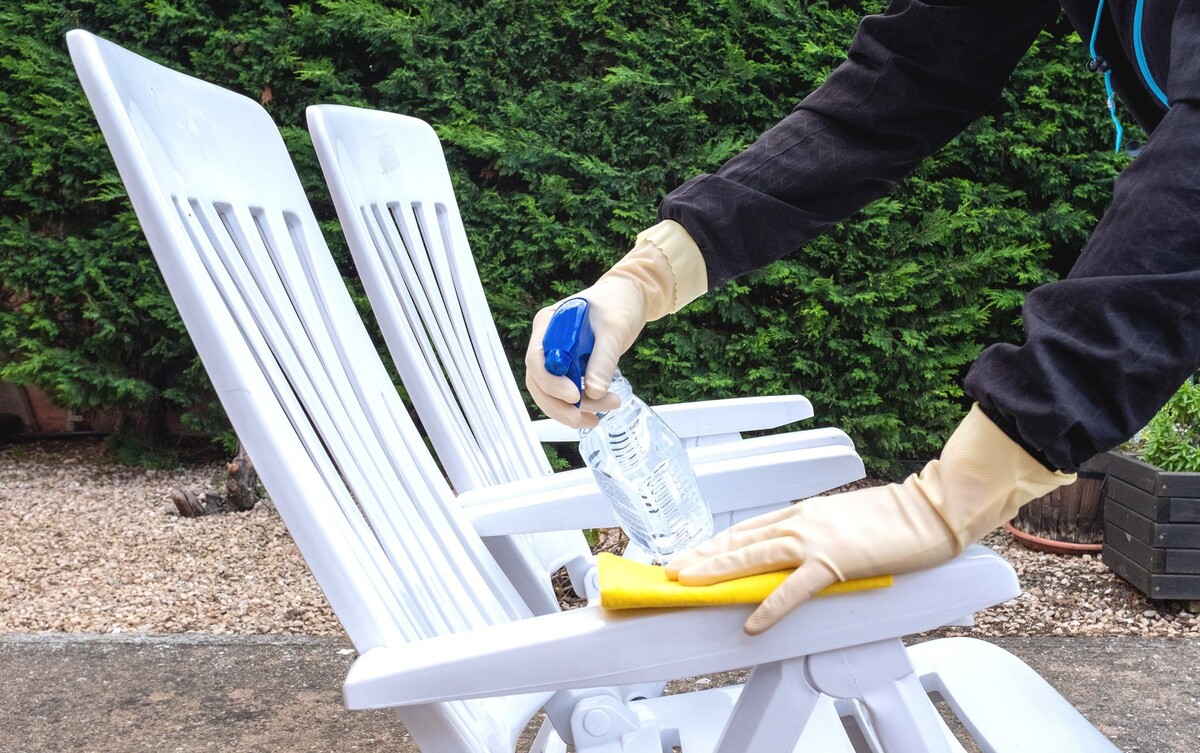
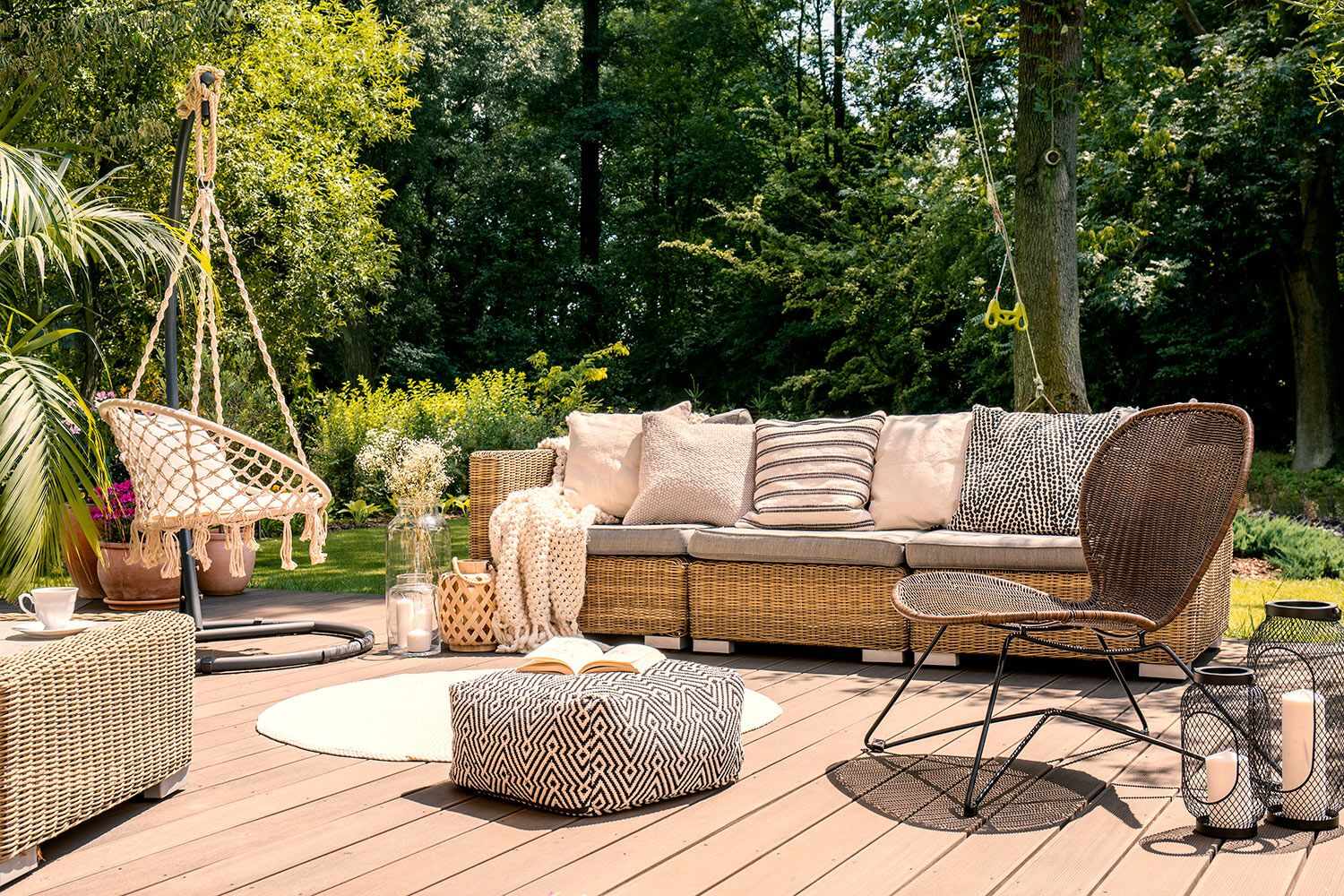
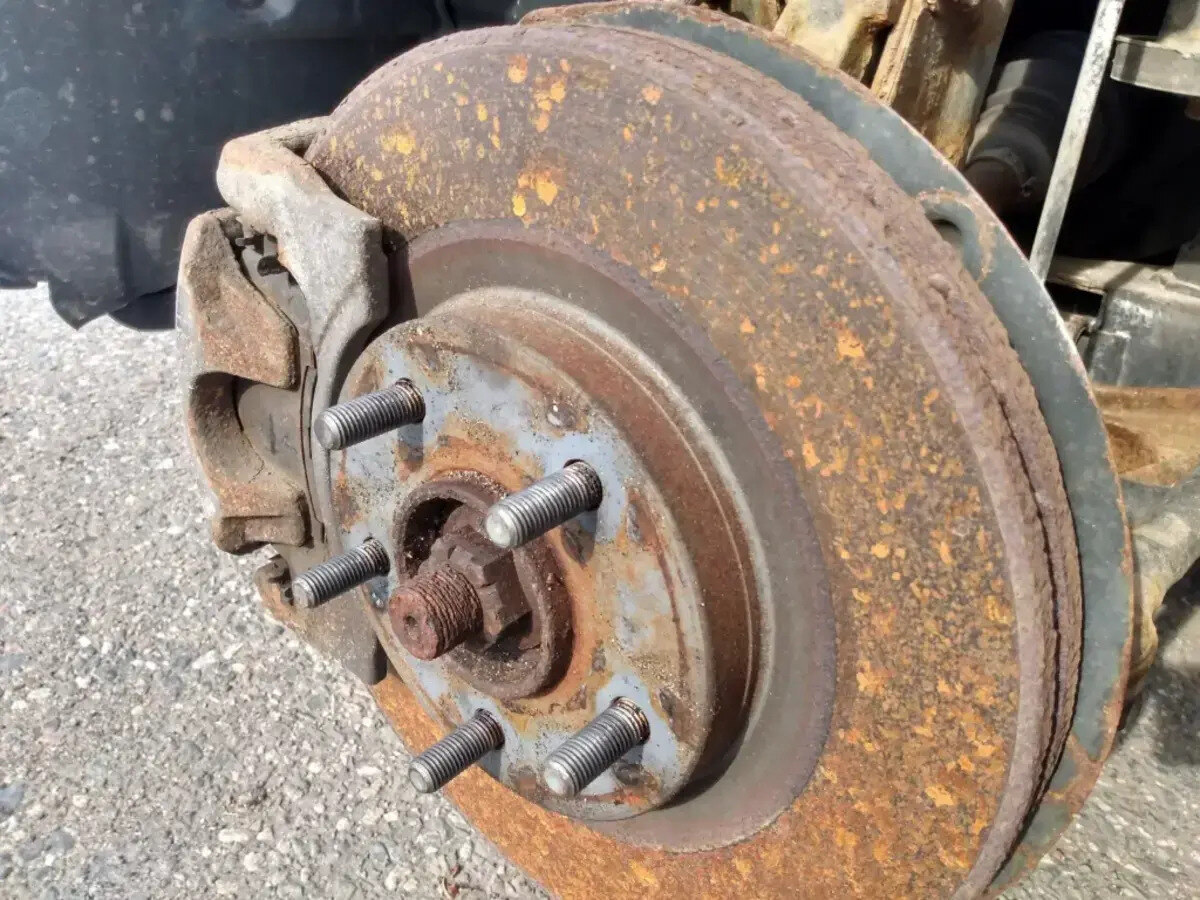
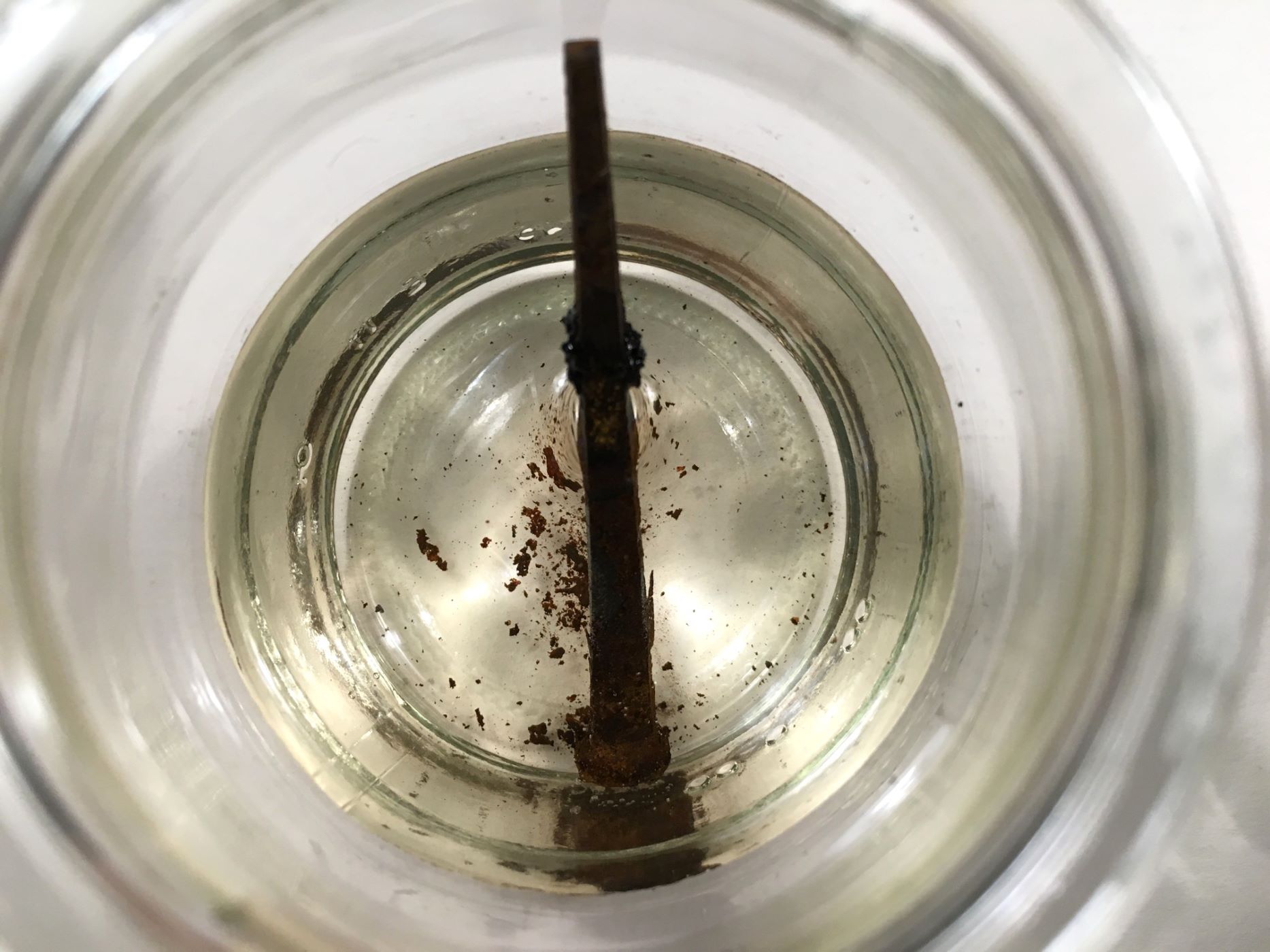
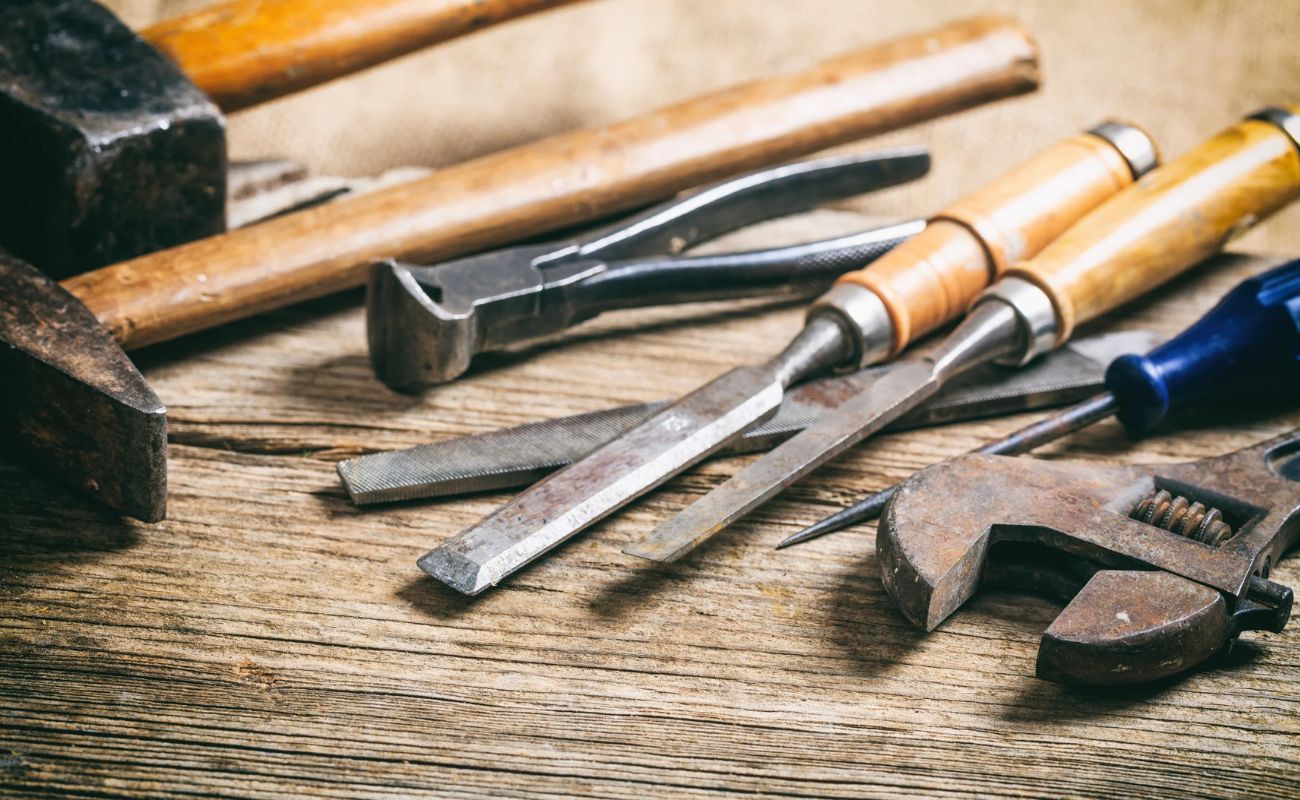
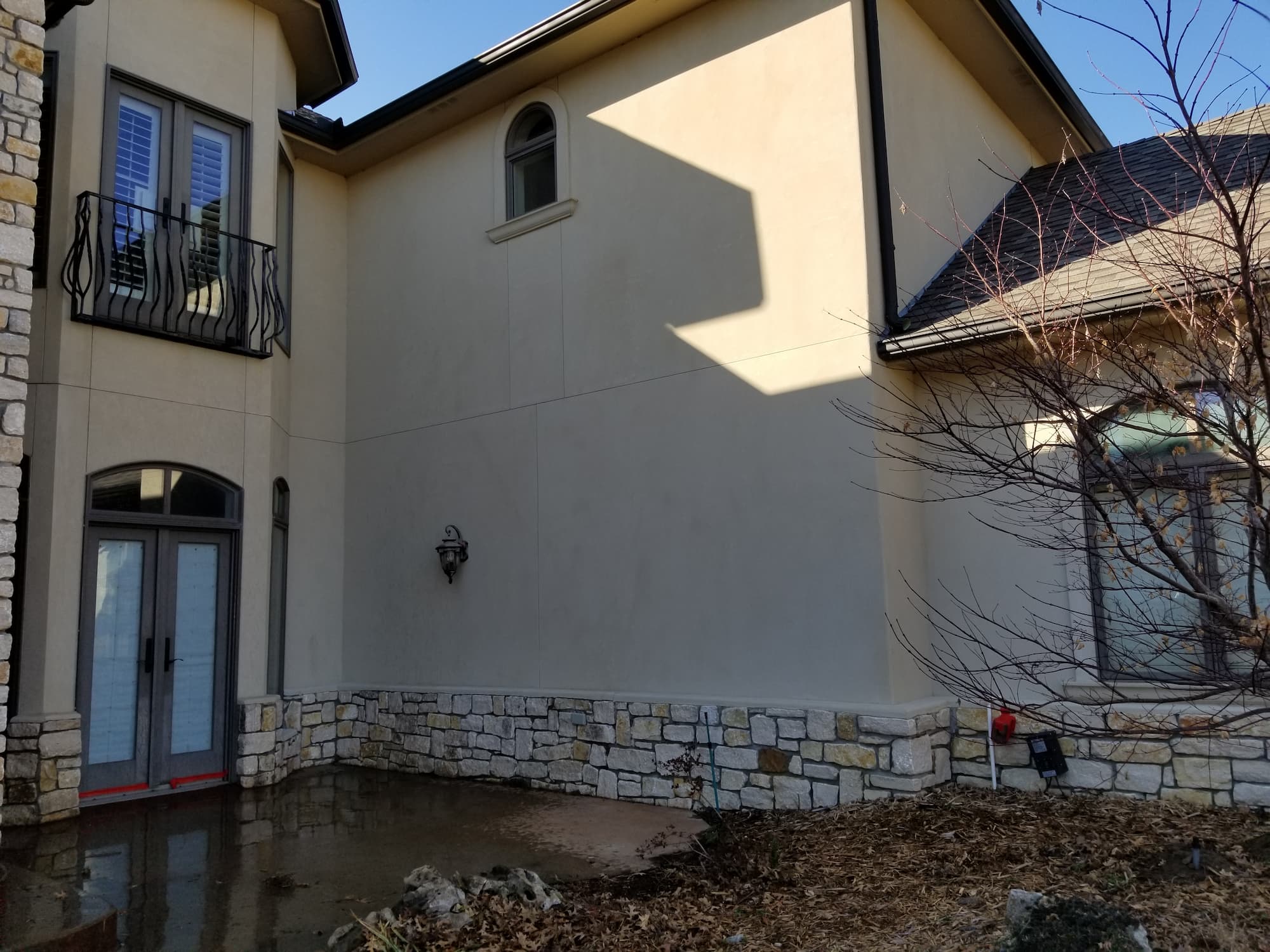
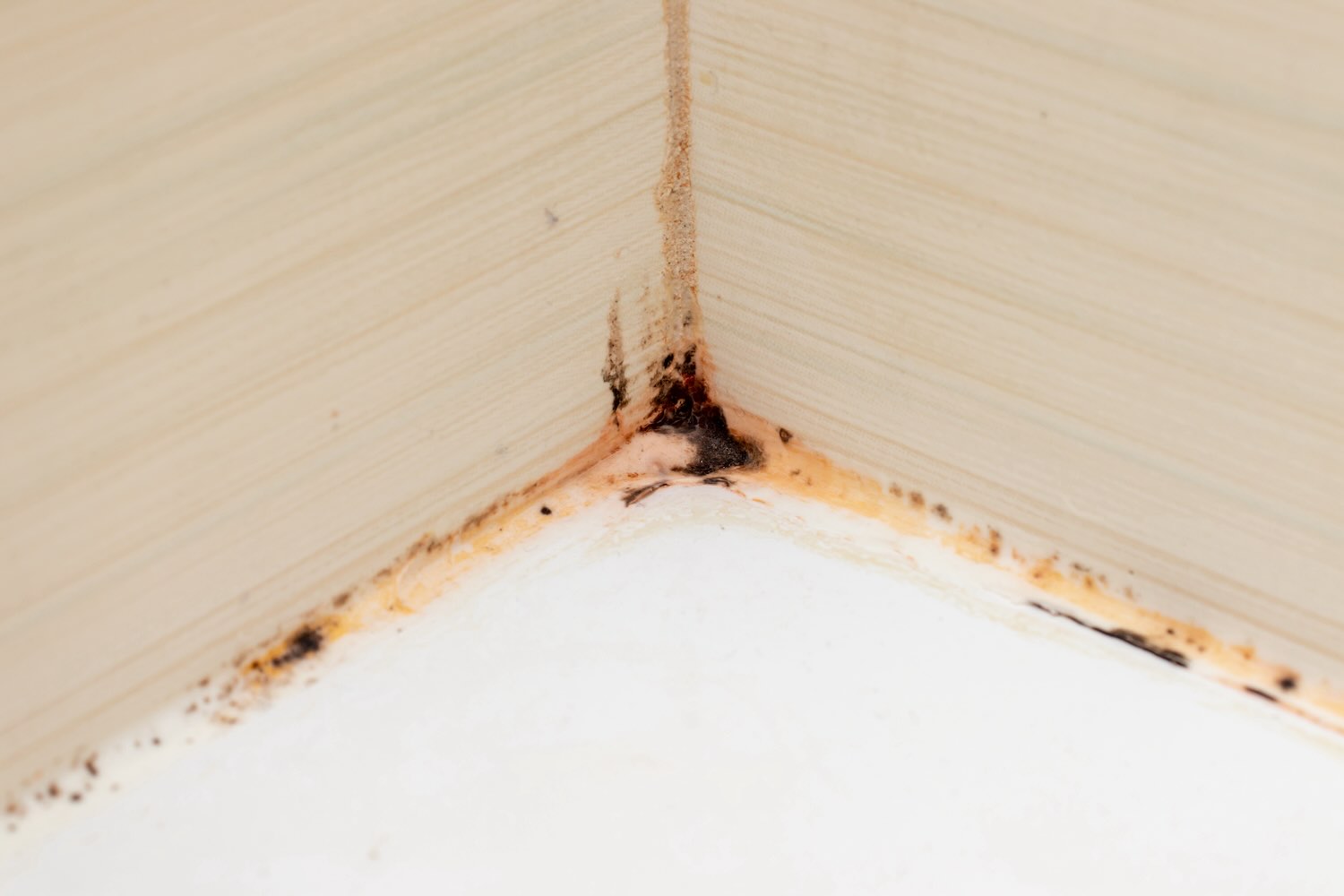
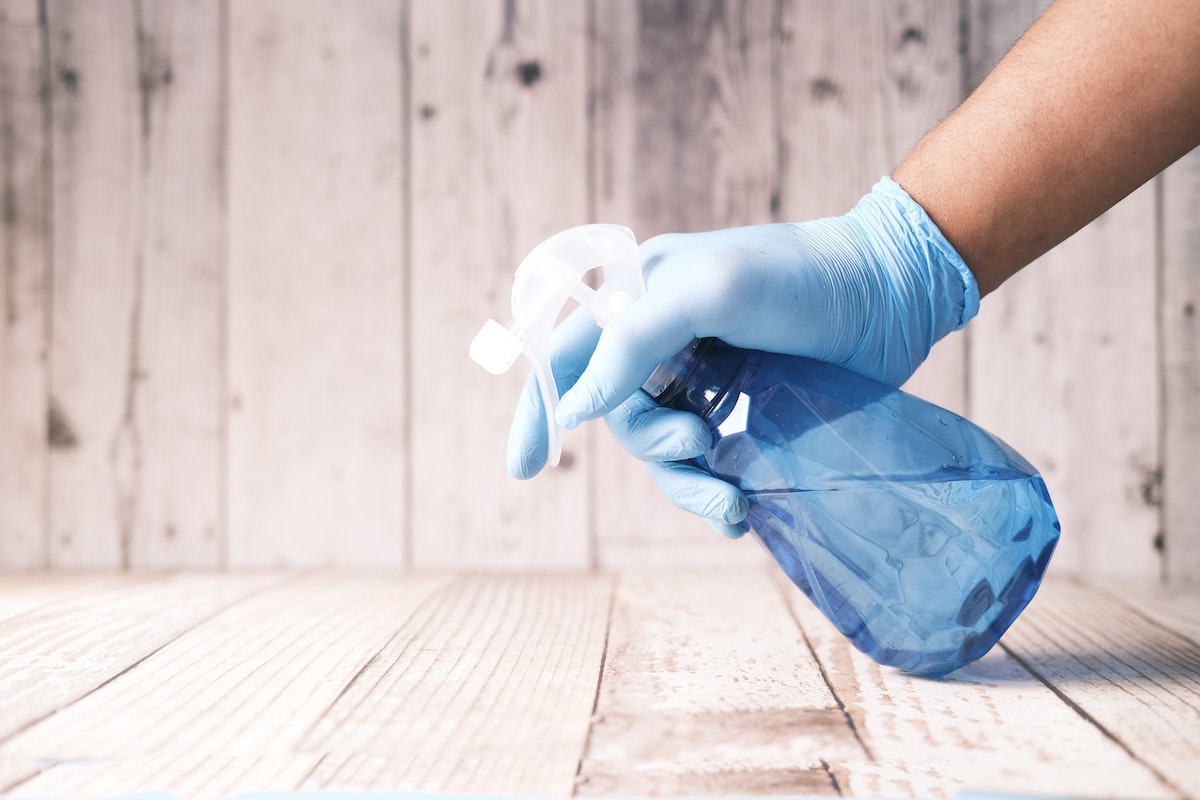
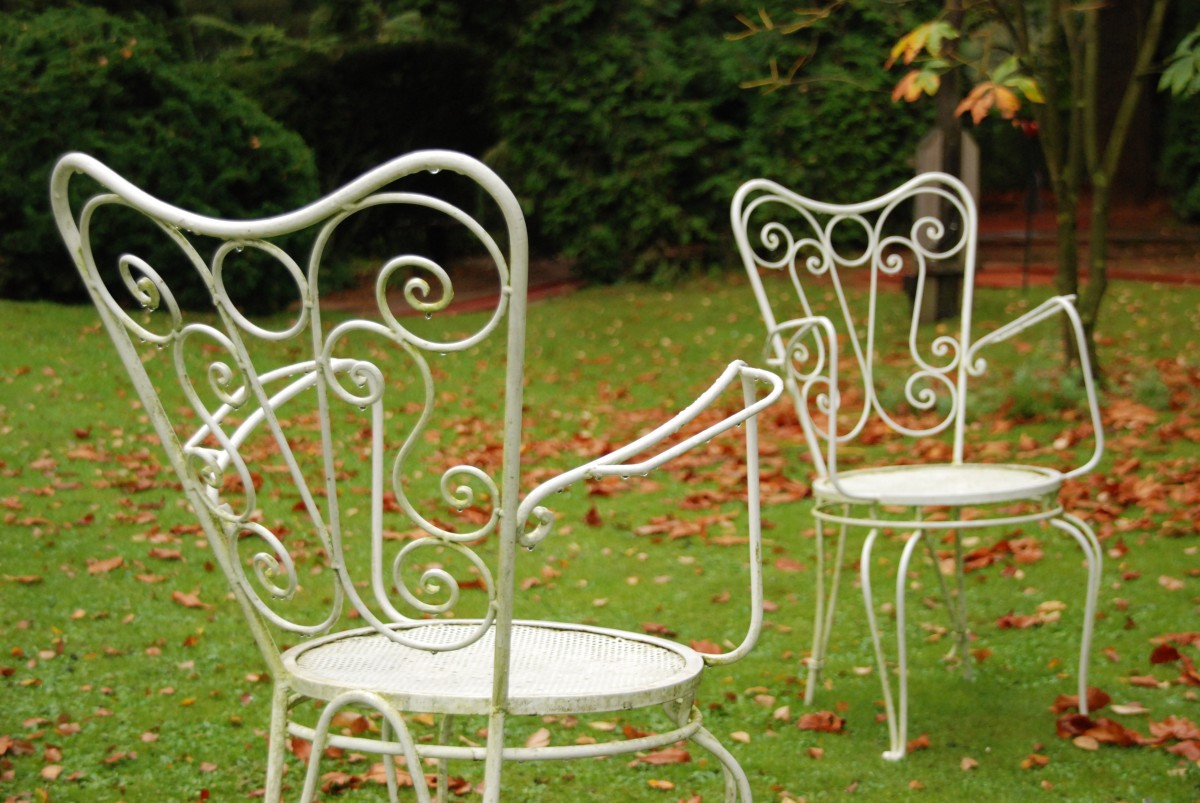
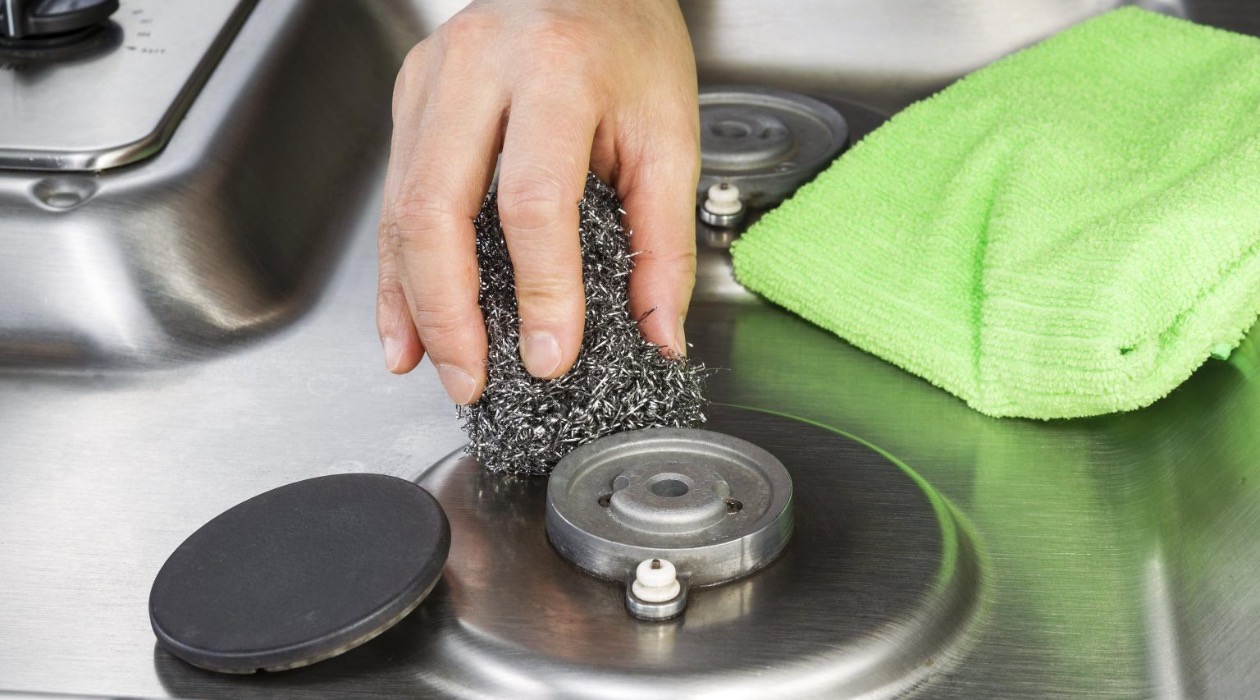
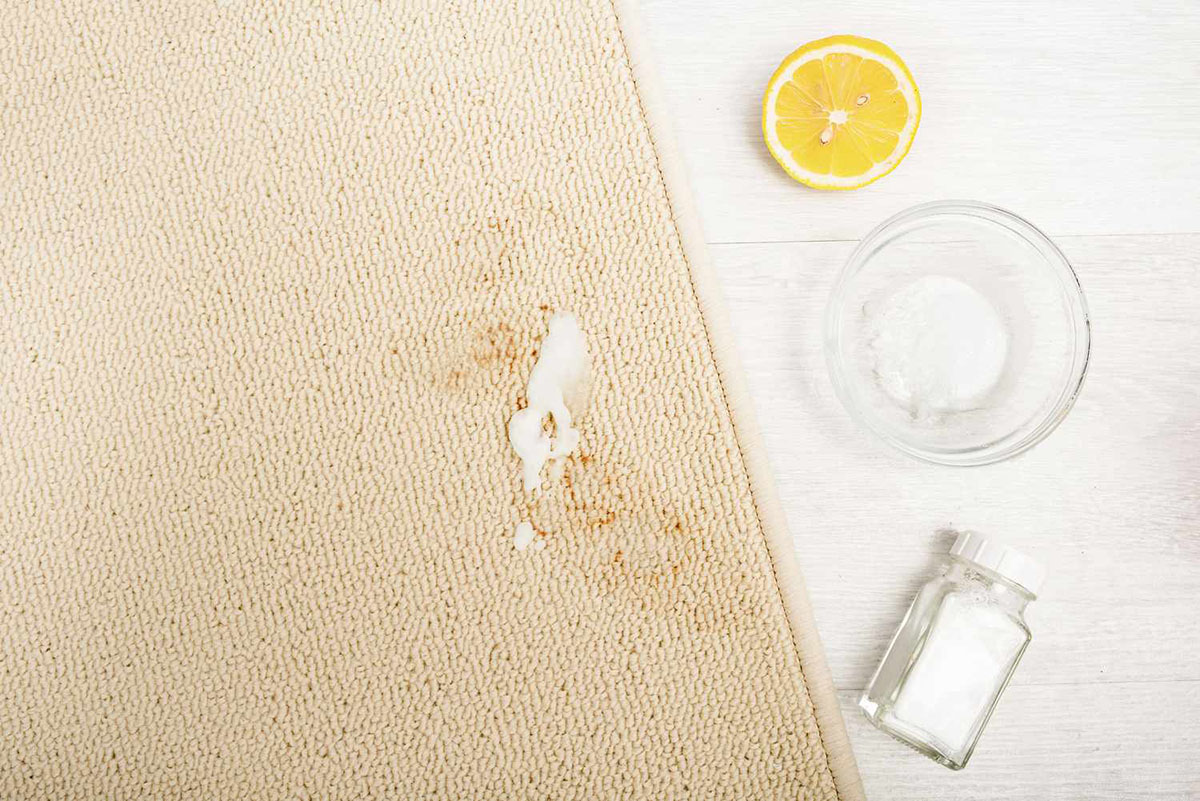
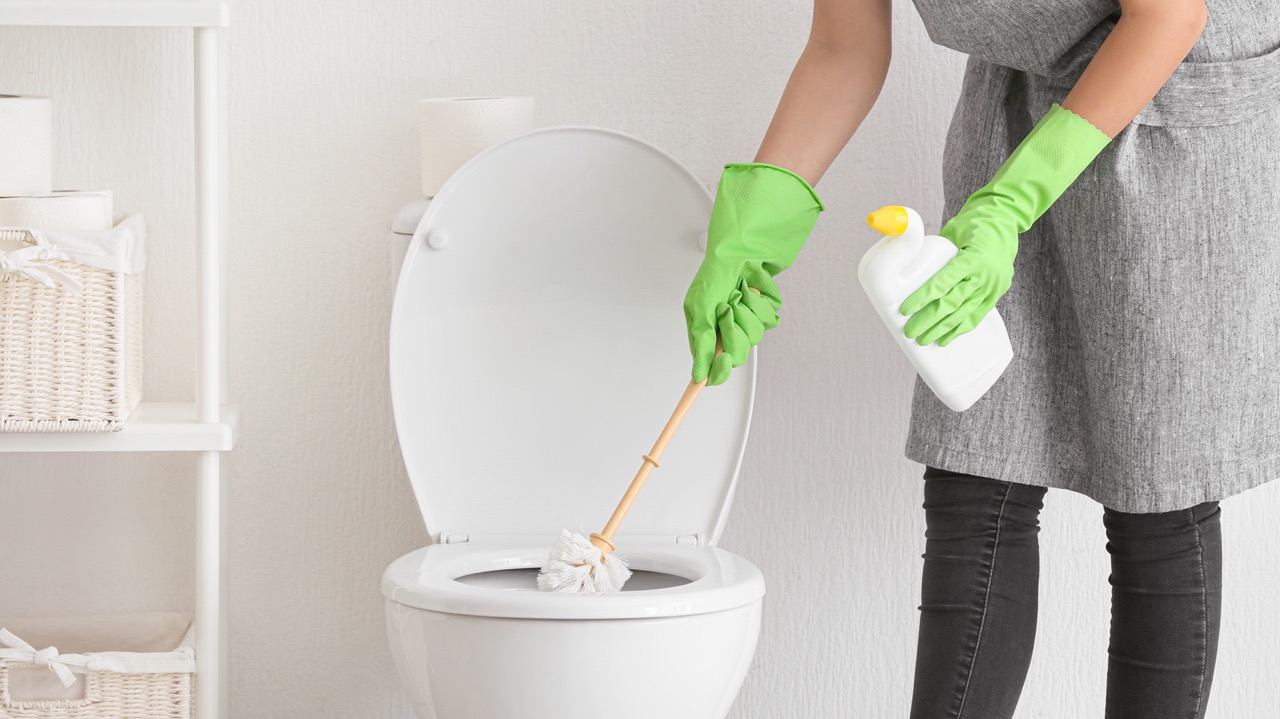
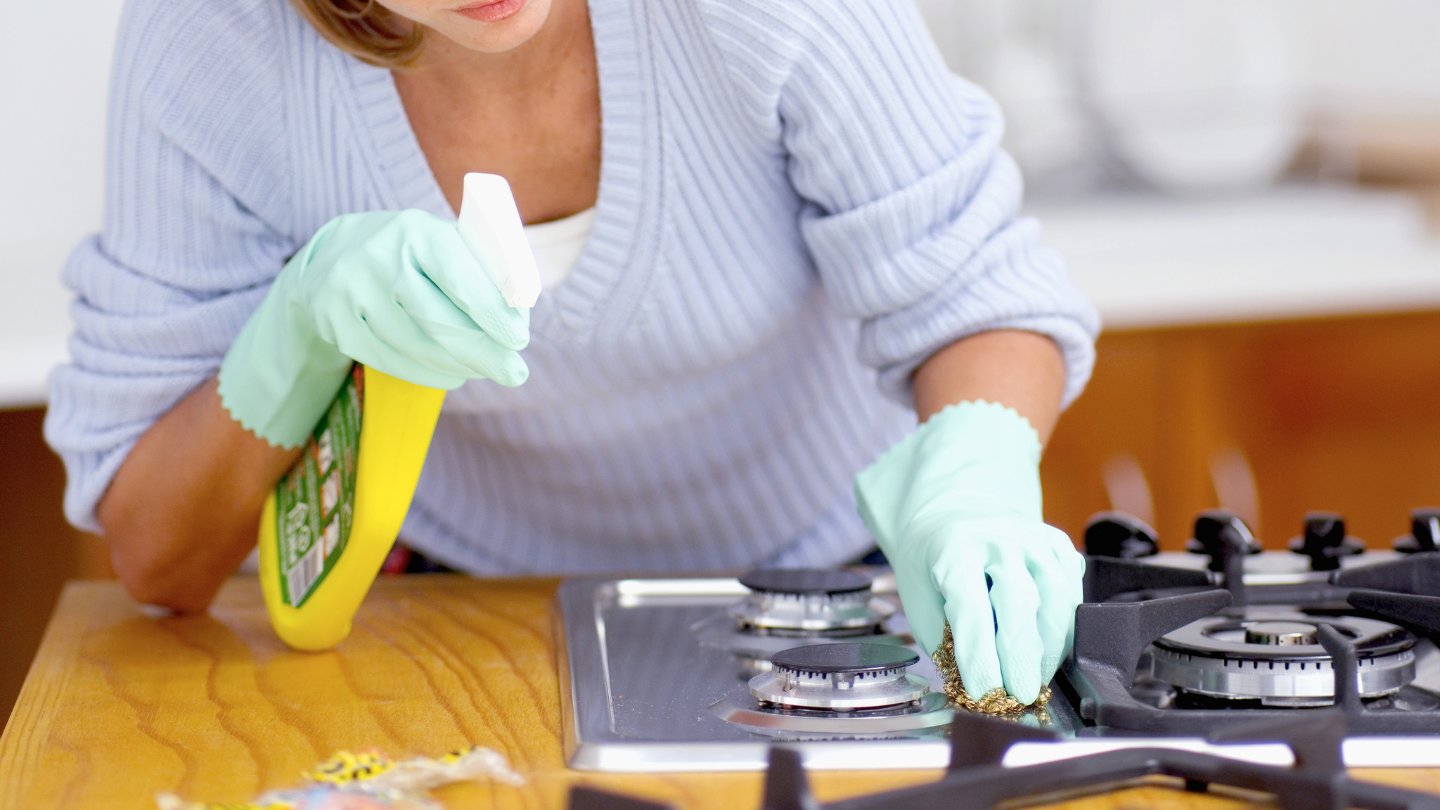
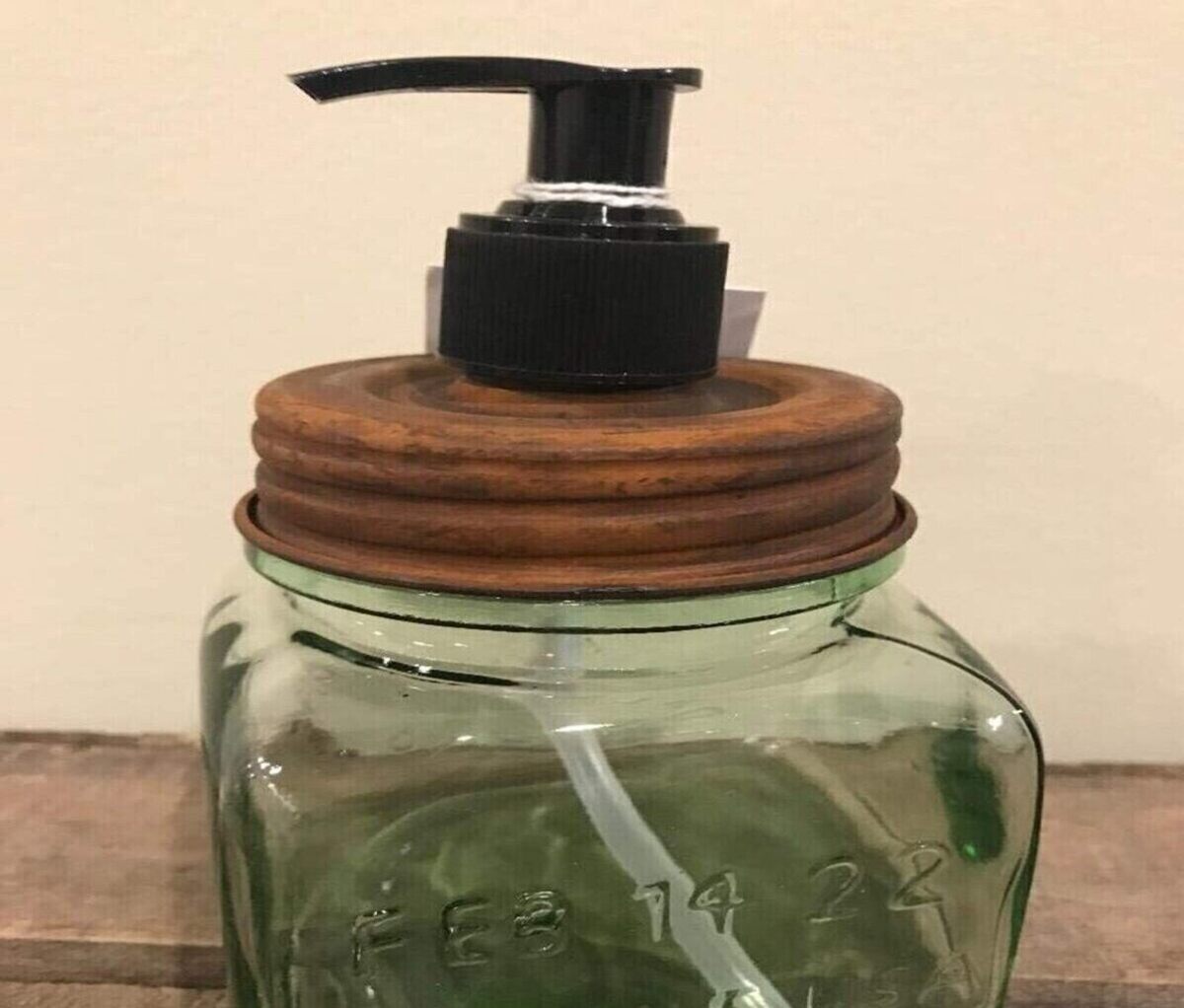

0 thoughts on “How To Remove Rust From Outdoor Furniture”